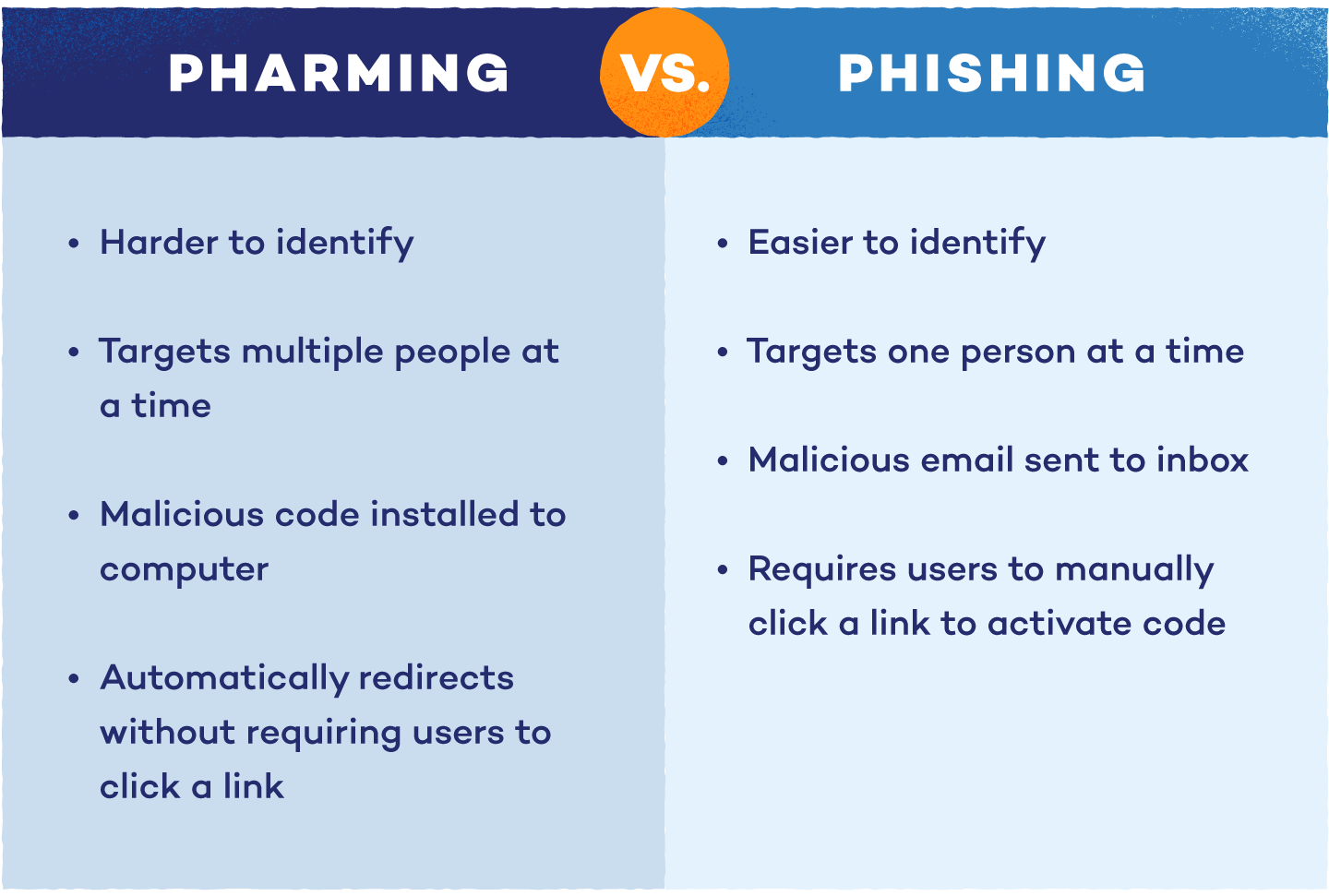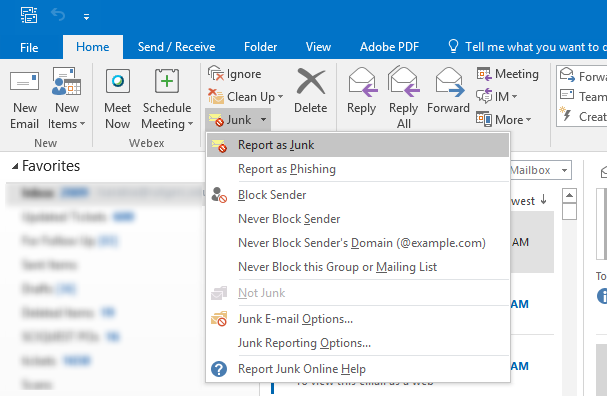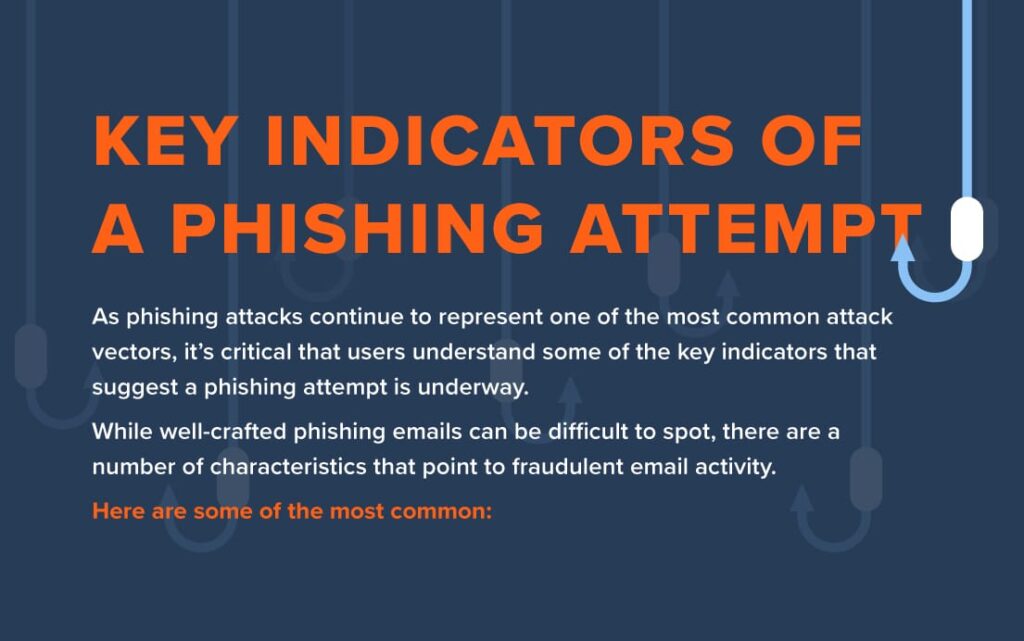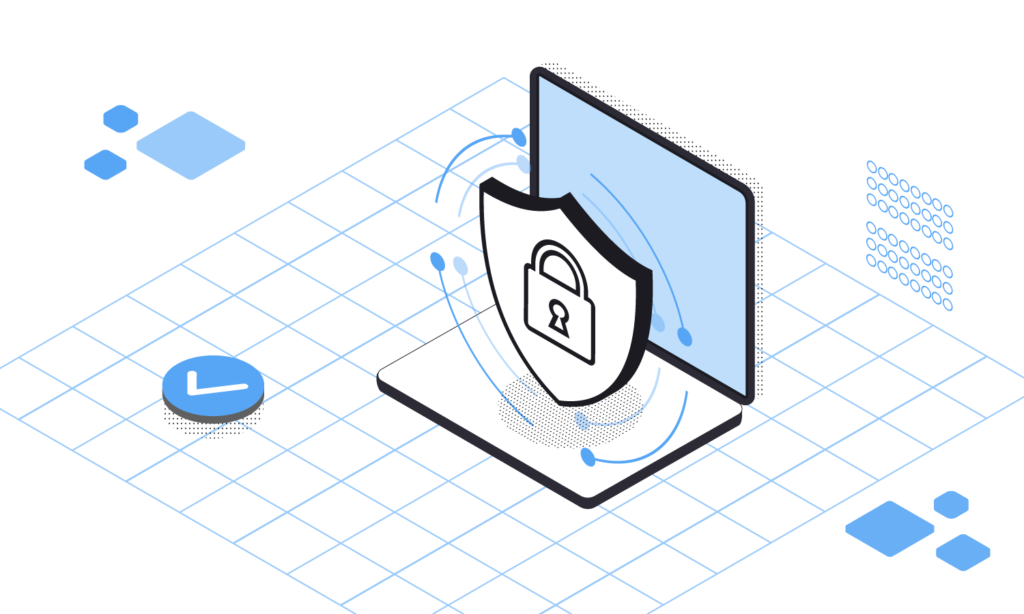These days, online security is a major concern for anyone who uses the internet. With cybercrime on the rise, it can be hard to stay safe, particularly when it comes to phishing and pharming scams. Phishing and pharming are two of the most common techniques employed by criminals to gain access to personal or sensitive information online. But what is the difference between these two methods of cybercrime?
Phishing and pharming are both malicious techniques used by cybercriminals to gain access to sensitive information or resources. While they are similar in their intent and methods, there are some key differences between the two. By understanding the differences between phishing and pharming, you can better protect yourself from becoming a victim of fraud or identity theft.
Phishing and pharming are two different types of cyber-attacks. Phishing is an attempted fraud by which an attacker masquerades as a trusted entity to obtain sensitive information such as usernames, passwords, and credit card details. It is usually done by emails, text messages, or phone calls. On the other hand, pharming is an attack that redirects users from a legitimate website to a malicious site without their knowledge. It is done by malicious software that changes the settings on a computer or device and redirects users to a different website without their knowledge. Phishing attacks are often used to acquire sensitive information from unsuspecting victims, while pharming attacks are used to redirect users to malicious websites in order to obtain personal information.

What is the Difference Between Phishing and Pharming?
Phishing and pharming are two of the most commonly used cybercrimes today. Both of them involve the use of malicious software to steal personal information from unsuspecting victims. While the two methods may have some similarities, there are some key differences that should be understood in order to protect yourself from these types of attacks.
What is Phishing?
Phishing is the process of sending fraudulent emails or websites that appear to be from a legitimate source in order to get personal information from a user. These emails often contain links that lead to malicious websites that are designed to look like legitimate sites. When the user clicks on the link, they are taken to a website that asks for personal information such as credit card numbers, passwords or other sensitive information. Phishing is one of the most common types of cybercrime and is used to target individuals, businesses and organizations.
The main goal of phishing is to get the user’s personal information so that it can be used for various malicious activities. The emails or websites used to carry out phishing attacks can be very convincing, making it difficult for the user to determine if they are legitimate or not.
What is Pharming?
Pharming is a type of cybercrime that involves the use of malicious software to redirect users to a fake website. Unlike phishing, which requires the user to take action in order to access a malicious website, pharming can occur without the user’s knowledge. The malicious software redirects users to a fake website, which looks like a legitimate website. This can be done by redirecting the user’s Domain Name System (DNS) requests to a different server that contains the fake website.
The goal of pharming is the same as phishing: to get the user’s personal information for malicious activities. However, since the user does not need to take any action to access the fake website, it can be more difficult to detect.
How to Protect Yourself
The best way to protect yourself from phishing and pharming attacks is to be aware of the signs. If you receive an email or come across a website that looks suspicious, do not click on any links or provide any personal information. It is also important to make sure that your computer is protected with up-to-date antivirus and anti-malware software. Finally, you should be sure to use strong passwords and keep them safe.
Conclusion
Phishing and pharming are two of the most common types of cybercrime today. While the two methods may have some similarities, there are some key differences that should be understood in order to protect yourself from these attacks. By being aware of the signs and taking steps to protect your computer and data, you can help ensure that you are not a victim of either type of attack.
Frequently Asked Questions – Phishing vs Pharming
Phishing and pharming are two different cyber-attacks used to steal sensitive information or data from users. Both techniques involve targeting certain users with malicious intent, but the methods and goals of each attack are distinct. Understanding the difference between phishing and pharming is essential for staying safe online.
What is Phishing?
Phishing is an attempt to acquire sensitive information such as usernames, passwords, credit card details, and other personal information by pretending to be a legitimate entity. It is a type of social engineering attack that relies on deceiving users into providing their confidential information. Attackers can use various techniques, such as email phishing, SMS phishing, and website phishing, to trick unsuspecting users into giving away their personal information.
What is Pharming?
Pharming is a type of cyber-attack that redirects users to a malicious website or server, often without the user’s knowledge. It is a type of malicious attack that uses domain name system (DNS) spoofing to direct a user to a malicious website, even if they entered the correct address. Attackers can use pharming to direct users to a website that looks like a legitimate website, in order to steal confidential information or compromise the user’s device.
What is the Difference Between Phishing and Pharming?
The main difference between phishing and pharming is that phishing is an attack that attempts to acquire sensitive information from users, while pharming is an attack that directs users to malicious websites. Phishing attacks usually involve some form of deception, such as sending malicious emails or SMS messages, while pharming attacks rely on redirecting users to malicious websites without their knowledge.
How Can I Protect Myself From Phishing and Pharming?
There are several steps you can take to help protect yourself from phishing and pharming attacks. Be sure to use a secure web browser and keep it up to date with the latest security patches. Be wary of emails and other messages that ask for sensitive information, and never click on links in messages from unknown senders. Additionally, you should be sure to use strong passwords and two-factor authentication whenever possible.
What Should I Do If I Suspect I’ve Been Phished or Pharmed?
If you think you have been the victim of a phishing or pharming attack, the first step is to change your passwords immediately. Additionally, you should contact your bank or credit card company to let them know that your accounts may have been compromised. You should also contact the website or service where the attack occurred and let them know that you think you have been phished or pharmed. Finally, be sure to report the incident to the relevant authorities if necessary.

Phishing and pharming are two of the most common cyber threats in the world today. They both involve accessing user data without their knowledge or consent, but they take different forms. Phishing involves sending malicious emails or links to users, while pharming uses DNS poisoning to redirect users to malicious websites without their knowledge. By understanding the differences between the two, organizations can better protect themselves against these cyber threats.
It is important for organizations to stay informed about the most recent threats in order to stay protected. By understanding the differences between phishing and pharming, organizations can better protect themselves against these cyber threats. With the right security measures in place, organizations can help protect their systems, data, and users from malicious actors.



